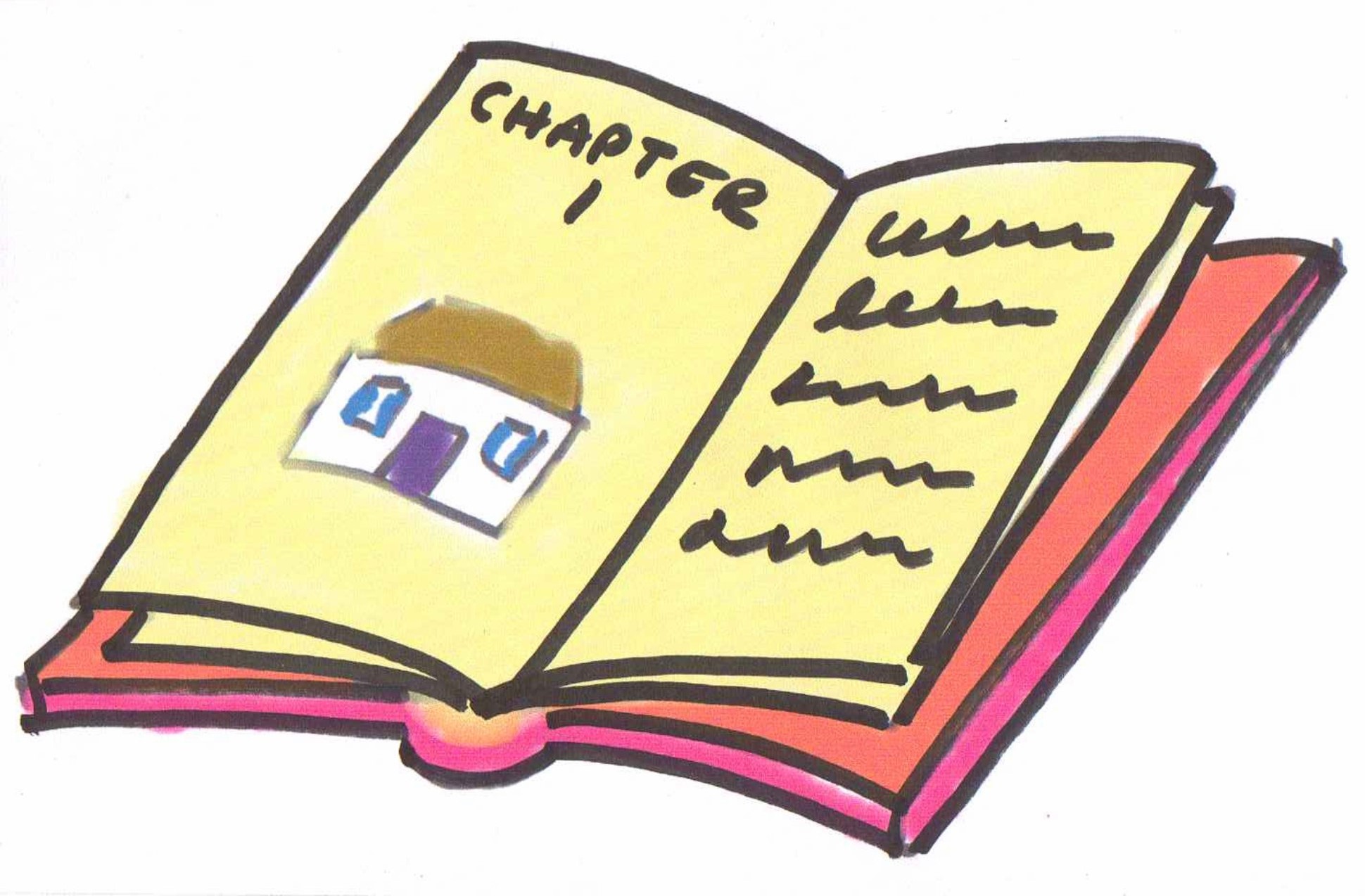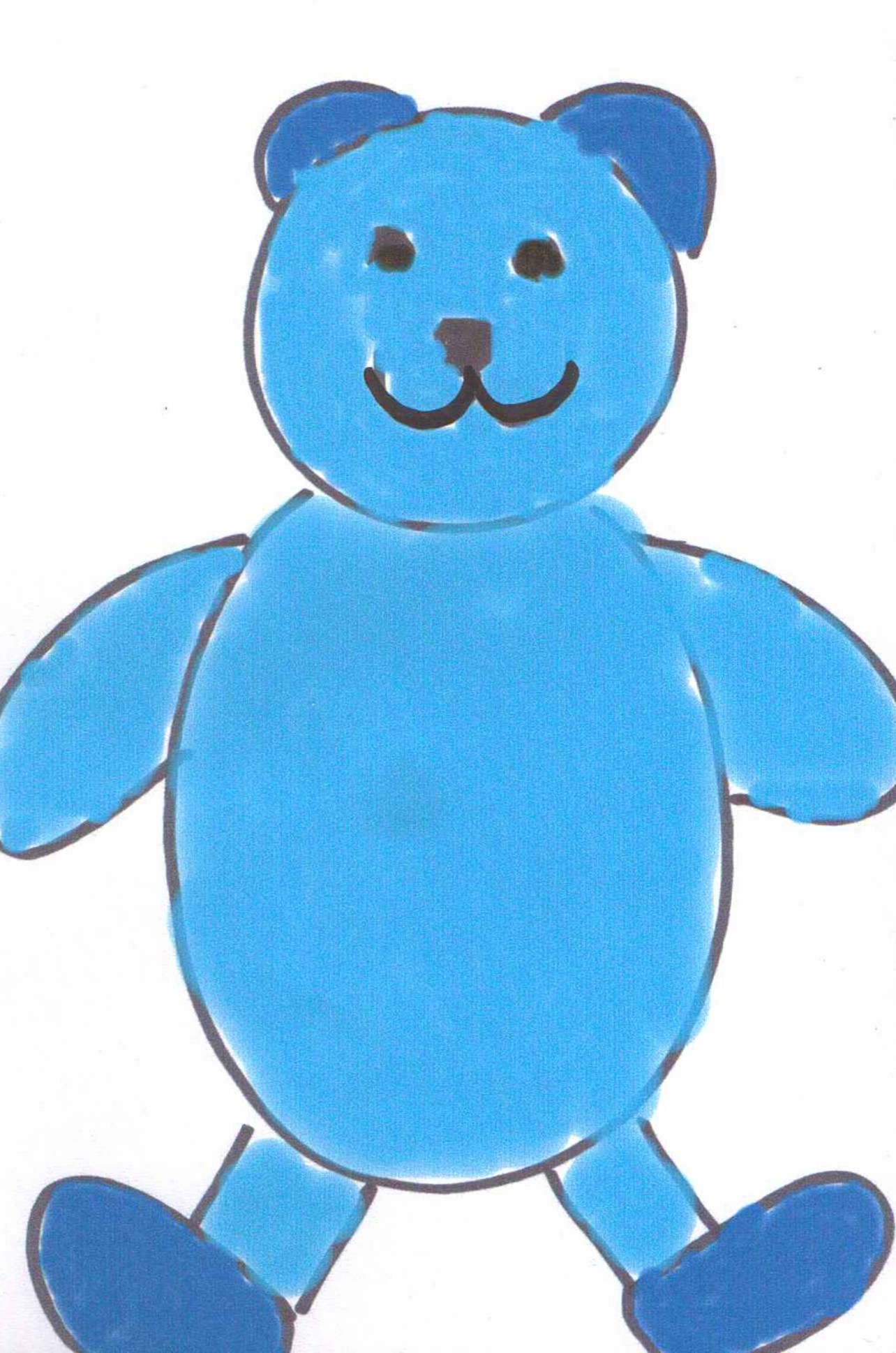Reading a bedtime story to your child, a guide for mums, dads and grandparents
How to have a stress free, enjoyable time reading a bedtime story to your child
What can be more fun than reading a bedtime story to your children? I'm passionate about reading aloud and sharing stories and in this short article I will explain how to become a storyteller that everyone wants to listen to.
A lot of people think that because we can all read to ourselves we can all read aloud with ease. This isn't the case, some people read too quickly, some are too quiet and some sound, to be quite honest, boring but reading aloud is a skill that can be easily acquired. We all love to tell stories of our own experiences and the more dramatic the experience the more we enjoy the story. The reason we can do this so well is because we are eager to share our story. It's about something that happened to us – it could be funny, distressing or surprising – and we can't wait to tell people even if those same people are not so keen to listen!
We want our listeners to be able to see, in their own minds, what we can so clearly see in our own mind. This is the basis of good story telling, it's called word pictures and we are trying to create pictures with the words, more of this later.
Let's start with the basics.
Choice of bedtime book
If you're not sure what book to read, ask your child if they have a favourite they would like to hear again or visit your local library and ask for advice. Children often find it reassuring to listen to familiar stories.
Before you start to read aloud make sure that both you and your child are comfortable. It's very irritating for the reader if the listener keeps fidgeting and vice versa.
If your child isn't familiar with the story start by talking about the cover. Ask your child what they think the book is about by looking at the illustration on the front and/or back of the book.
Let me use 'The Little Engine that Could' by Watty Piper as an example. Just look at the cover of the book and before you open it and begin to read ask your child what they think the train is called? What would they call it? Ask what colour it is and who is on the train. Where does your child think the train might be going. Encourage your child to get involved with the story.
Once you open the book you will see more pictures so make sure that your child can see the pictures without you both having to move too much. Don't be in a hurry to continue with the text, children like to have time to study the illustrations and quite often want to comment on the picture before you continue.
Familiar Book

If
the bedtime story is familiar to your child, if it is a story that they have
heard over and over again, pause very so often and let them tell you
what is going to happen next. If the story is one that you’ve read
aloud more than once, or twice or even three times, try to sound as
enthusiastic as you did the first time.
Starting the bedtime story
Remember to say the title of the book and who it's written by, for example, 'The Little Engine that Could' written by Watty Piper. Look at the child as often as possible while you are reading, especially in the first sentence of each paragraph. This lets your child share the experience and gives you a chance to check their facial expression to see if they are understanding and enjoying what you are reading to them. If they look fed up or confused, stop and ask them why.
Be very careful not to read too quickly. When we read to ourselves our brain and eyes can read very quickly but you have to remember that when you're reading aloud your mouth needs time to open and shut and to make different shapes when it is open. More importantly your child also needs time to take in what you read to them. If you're not careful you will be reading the bottom of the page and your child will still be trying to take in what you read at the top of the page.
Word Pictures

If I'm reading a bedtime story aloud about a teddy bear I want the child to get an image of the teddy bear in their mind. The teddy bear I'm reading about might be a happy blue new teddy bear but the child might be imagining their own teddy bear which could be old, white and sad. My job, as the story teller, is to try and get the listener to imagine the teddy as the author has described it. If the writer is good they will have used fantastic words to help us. Words that the reader can make stand out, in this case the words should be blue, new, happy plus perhaps expressions like bright eyes, smile, soft fur. As well as saying these words the reader needs to use their voice to get expression into the story and create a picture.
Expressive speech
Using expressive speech can make any bedtime story sound even more interesting and exciting. Slow your speech down for serious parts of the story and be faster for exciting parts of the book. Pause before or after important words. The pitch of your voice should be varied, if you are reading a story full of suspense, lower your voice, if you need to sound happy or angry lift the pitch of your voice.
Pausing is very important. Pause when you need to make a point. The grammar in the book will usually dictate when you pause, for example full stops and commas, you can also pause before or after an important word.
Children don't always understand all the vocabulary in a book, even if it is written for their age group. If you make sure that you use facial expressions and that your child can see your face they will pick up the meaning of the words. If you are reading something sad – look sad, if it's happy – look happy.
Let's take the first few sentences from ' The Little Engine that could'.
'Chug, chug, chug. Puff, puff, puff.
Ding-dong, ding-dong. The little train rumbled over the tracks. She
was a happy little train for she had such a jolly load to carry.'
You need to make chug and puff sound
different from each other and pause between each word. Extend the
'ing' in ding-dong to make it sound like a bell. I think the
important words are rumbled,tracks, happy, jolly and load. By making
these words stand out you are helping to create a picture.
Clear words
Concentration isn't always a skill that young children possess so it is essential that the words you read are clear. Make sure you open your mouth wide enough for the sound to get out and make sure that you sound all the final consonants in a word, for example the 'd' at the end of 'and' and the 't' at the end of 'not'. Look at this list of words, beg, bed, bell, bet, Ben. They all start with the same sound, it is only the final consonant that makes a difference.
Pictures
If there are pictures in the book you are reading or if it’s a picture book, make sure that your child can see the pictures without you both having to move too much. Don’t be in too much of a hurry to continue with the text, children like to have time to study the illustrations and quite often want to comment on the picture before you continue.
Repetition
Sometimes, of course, children want the same bed time story over and over again. Try to find out what it is about the story that the child loves, perhaps they can see something different in the story that you haven’t discovered yet. Perhaps it makes them feel safe just before they go to sleep, maybe it brings back pleasant memories. If they can give you a new way of looking at the story you will find it more enjoyable to read aloud.
Have fun
If you read aloud to your child you are sharing an experience with them, you are not only bonding with them, you are entertaining them and teaching them. You are showing them, by example that books and stories are fun. Remember there are no upper age limits - you could be reading Harry Potter to your 12 year old or Mr Spot to your 2 year old.
You are encouraging your children to enjoy books, enjoy reading, enjoy words and sounds and enjoy storytelling. What a wonderful gift to give any child.